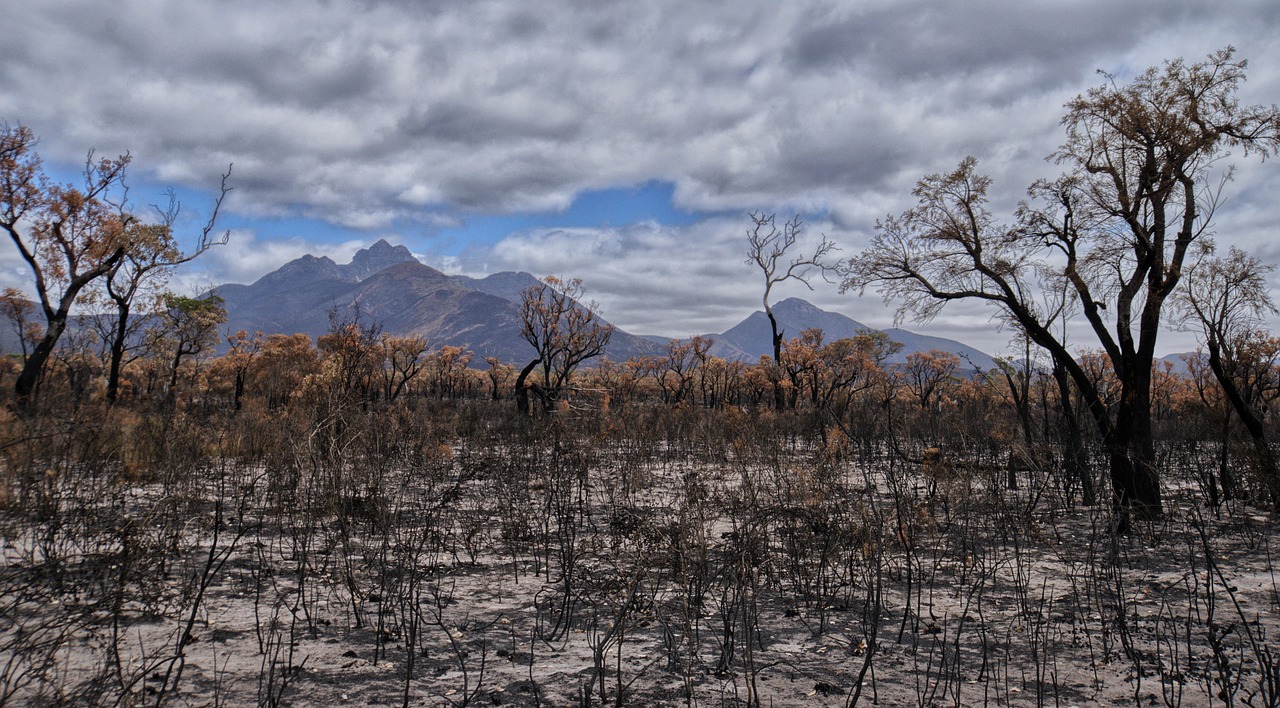Media release
From:
A new paper led by leading forest scientist, Professor Mark Adams from Swinburne University of Technology, unveils critical flaws in the way fuel loads are estimated in eastern Australia, calling for a new approach.
Published in Forest Ecology and Management, Perspective: Flawed assumptions behind analysis of litter decomposition, steady state, and fire risks in Australia, the research challenges longstanding assumptions used to predict forest fuel loads and their role in fire risk.
Professor Adams was a member of the expert panel for the 2009 Victorian Bushfires Royal Commission, served on the Board of the Bushfire Cooperative Research Centre and has won numerous global research awards.
In this latest paper, he outlines discrepancies between the theoretical models developed in the 1960s and the data on fine fuels (leaves, twigs and bark) across Australian forests over the last 40 years. His work suggests that the underestimation of fine fuels is widespread, possibly exceeding 100% in 40 years.
“For the past 15-20 years, land management and firefighting agencies in eastern Australia have followed the lead of academic modelling from the 1960’s to predict fuel loads. The assumptions relied upon in those models do not hold today.” he says. “We know vastly more today about litter accumulation on forest floors”.
"The underestimation of fuel loads in eastern Australian forest is serious,” he says, urging that the modern understanding of the dynamics of fine fuels must replace outdated, simplistic models if bushfire risks are to be effectively managed.
Professor Adams also points to a critical misunderstanding: the assumption that fuel loads in eucalypt forests reach a limit and then remain constant, a steady state that no Australian forest has ever been shown to attain. This contrasts sharply with the practices of other countries and underscores the unique challenges faced by Australian land management.
The paper emphasises the importance of adhering to scientific principles such as testing assumptions and predictions and adapting models based on data. "Science has guiding principles: test assumptions, test predictions, adapt your model accordingly. Once you have the data, respect it," Professor Adams says.
The paper calls for a better understanding of fuel loads to protect the country's landscapes and communities from the growing threat of bushfires.



 Australia; International; NSW; VIC
Australia; International; NSW; VIC


